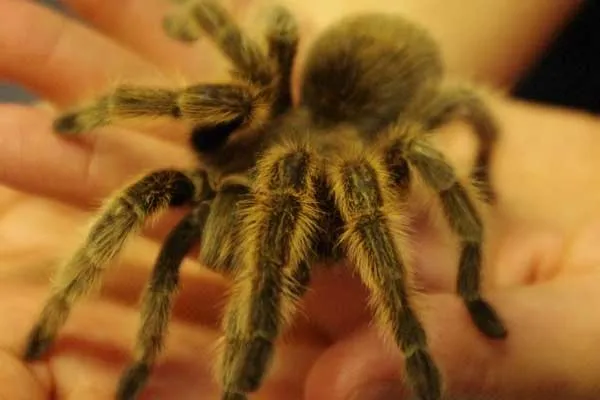Why Rose Hair Tarantulas Burrow
Burrowing is a fundamental behavior for rose hair tarantulas, driven by instinctual needs for safety, thermoregulation, and hunting. In the wild, these arachnids construct elaborate underground homes to escape predators, regulate their body temperature, and ambush prey. The act of burrowing offers a sense of security, allowing them to feel safe from potential threats. Furthermore, the microclimate within a burrow is often more stable and cooler than the surface environment, providing relief from extreme heat and humidity fluctuations. Burrowing also plays a crucial role in the tarantula’s hunting strategy, as they can lie in wait for unsuspecting insects to wander within striking distance of their burrow entrance. Understanding these motivations is the first step in providing an appropriate environment for your rose hair tarantula.
The Natural Burrowing Behavior of Rose Hair Tarantulas
Rose hair tarantulas, scientifically known as Grammostola rosea, are terrestrial spiders native to the arid regions of South America. In their natural habitat, they are skilled burrowers, constructing underground retreats that can extend several inches or even a foot below the surface. Their burrowing behavior is intricately linked to their survival. The tarantulas use their fangs and pedipalps to excavate the soil, creating tunnels and chambers that serve as their primary dwelling place. The burrows provide protection from harsh weather conditions, such as intense sunlight and temperature extremes. These underground structures also offer an ideal environment for ambushing prey. The tarantulas often line their burrows with silk to stabilize the walls and create a comfortable living space. Understanding this natural behavior is critical to replicating these conditions in captivity.
How Deep Do Rose Hair Tarantulas Burrow
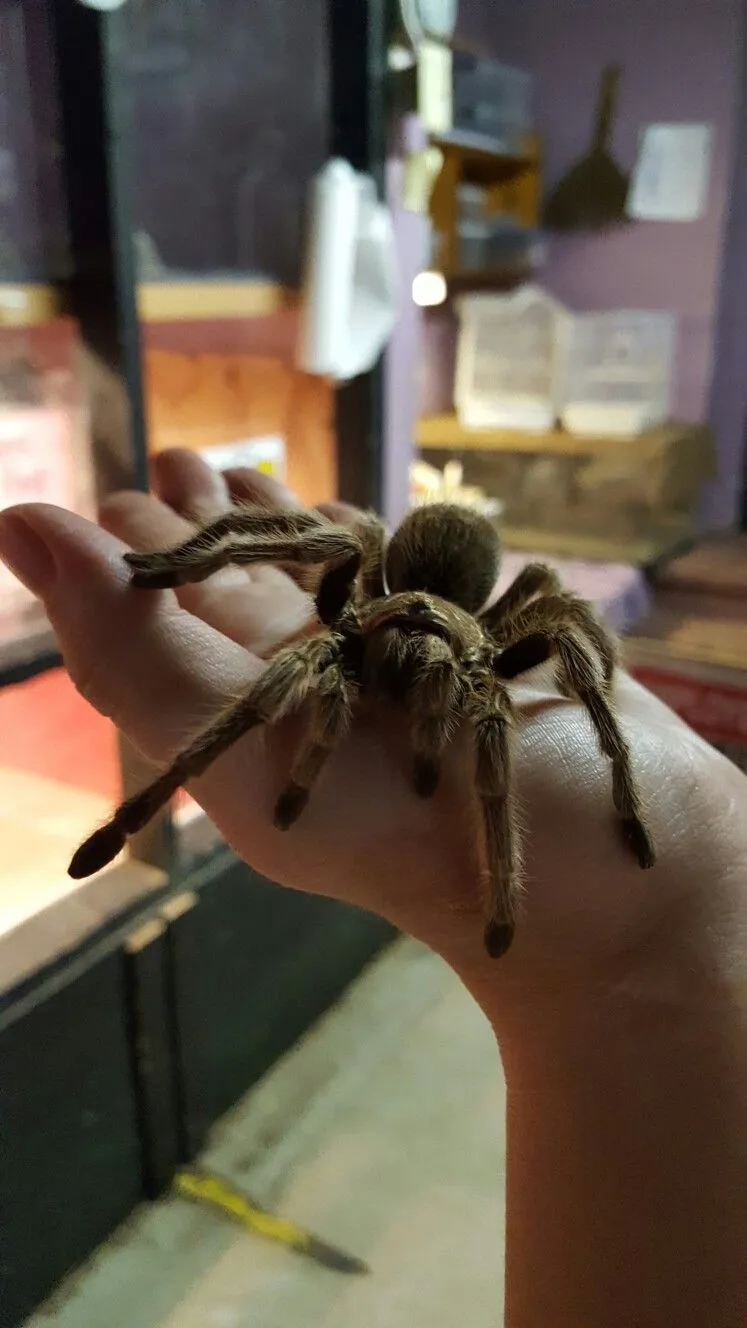
The depth of a rose hair tarantula’s burrow can vary based on several factors, including the substrate composition, environmental conditions, and the age/size of the tarantula. In the wild, burrows can extend from a few inches to over a foot deep, providing a stable and secure environment. In captivity, the depth will be largely determined by the depth of substrate provided in the enclosure. A general rule of thumb is to provide substrate that is at least as deep as the tarantula’s leg span, though deeper is usually better. This allows them the opportunity to fully express their natural burrowing behavior. Younger tarantulas often create shallower burrows than adults, while larger, more mature specimens might dig more extensive and deeper tunnels. Always ensure the substrate is packed firmly enough to allow the burrow to maintain its structure but loose enough for the tarantula to excavate easily.
Substrate: The Foundation for Burrowing
The substrate is the most critical element in creating a suitable environment for a burrowing rose hair tarantula. It serves as the foundation for their burrow system and significantly impacts their ability to engage in natural behaviors. The substrate provides a medium for the tarantula to dig and construct its burrow, offers insulation, and helps regulate humidity levels within the enclosure. A well-chosen substrate supports the tarantula’s physical and psychological well-being. It’s important to select a substrate that allows for easy digging, holds its shape, and doesn’t collapse easily. The right substrate also maintains proper moisture levels which helps the tarantula with molting, provides a suitable place to hide and feel secure, and offers a more natural environment. Avoid substrates that are toxic or contain sharp particles that could injure the tarantula.
Choosing the Right Substrate
The ideal substrate for a rose hair tarantula should be a blend of materials that mimic their natural environment. A popular and effective choice is a mixture of coco coir (coconut fiber) and peat moss. Coco coir is excellent for moisture retention and provides a firm base for burrowing, while peat moss adds stability and a slightly acidic pH that tarantulas often prefer. Other options include a mix of soil and sand. Ensure the materials are free of pesticides and chemicals. Avoid using substrates that compact easily or that are excessively dusty, such as pure sand, as these can cause respiratory issues. The substrate should be kept slightly moist, but not waterlogged, to maintain the humidity levels required for healthy molting. Regular spot cleaning of the substrate is essential to remove any waste and uneaten food, maintaining the overall cleanliness of the enclosure.
Substrate Depth and Composition
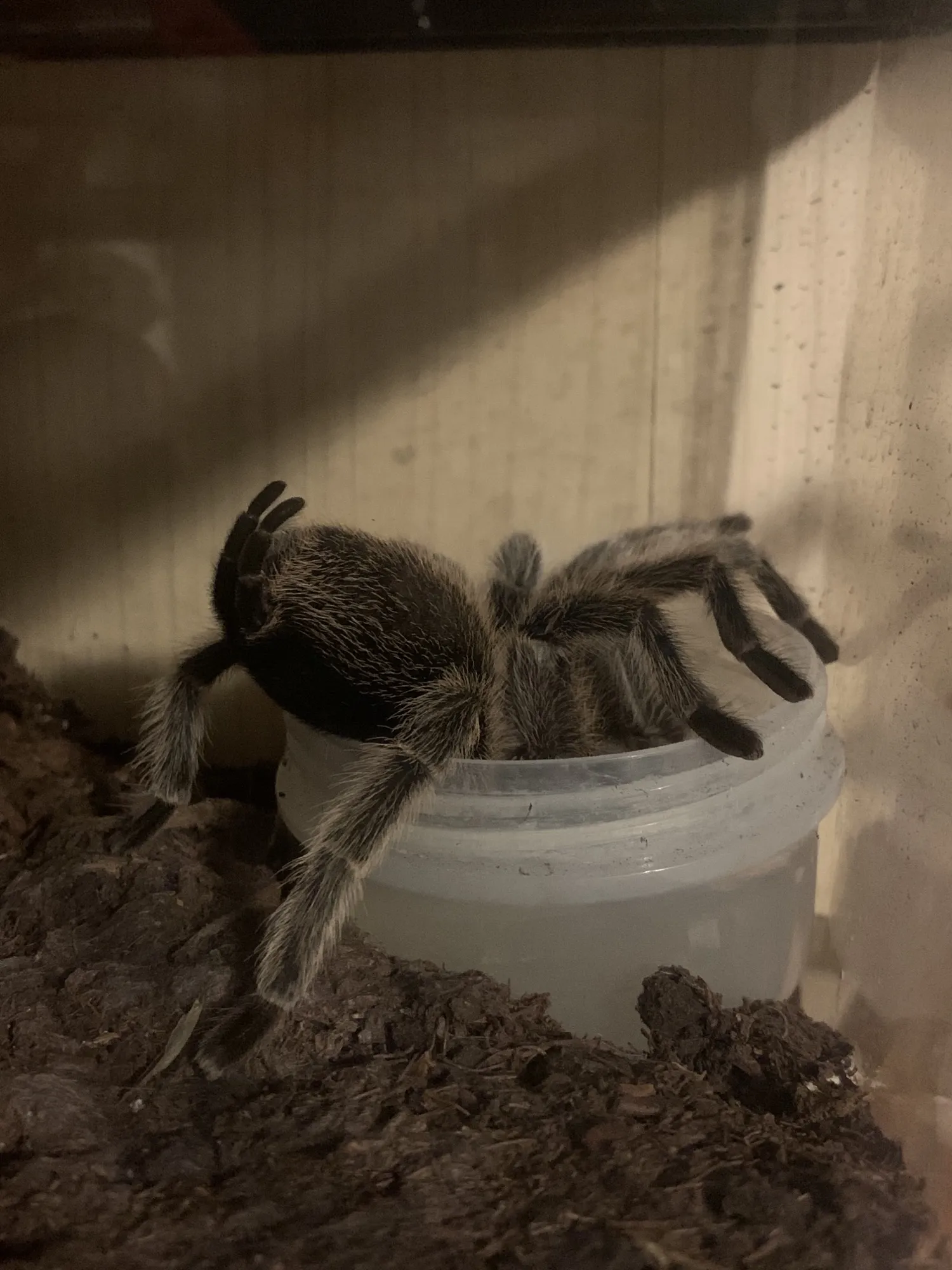
The depth of the substrate is crucial for allowing the rose hair tarantula to express its burrowing instinct. Provide a depth of at least the tarantula’s leg span, though more is recommended to encourage natural burrowing behavior. This allows the tarantula to create a comfortable and secure burrow. The composition of the substrate should be carefully considered. A good mix will provide a balance of moisture retention, drainage, and structural integrity. A blend of coco coir, peat moss, and a small amount of vermiculite can offer all these benefits. The substrate should be slightly packed to maintain its structure while still allowing the tarantula to dig with ease. Overly compact substrates can hinder burrowing, while loose substrates may lead to burrow collapse. The substrate should be regularly checked and maintained to ensure it remains clean and provides the necessary conditions for the tarantula’s well-being.
Creating the Ideal Burrowing Environment
To encourage burrowing in your rose hair tarantula, replicating the conditions of its natural habitat is essential. This involves careful attention to enclosure size, substrate depth, temperature, and humidity. The goal is to create a balanced environment that provides both security and the opportunity for the tarantula to exhibit its natural behaviors. A well-designed enclosure will encourage the tarantula to thrive, promoting a happier and healthier life. By providing the right conditions, you will witness the fascinating burrowing behavior that is intrinsic to the rose hair tarantula’s nature. Remember that each tarantula has its own preferences, so adjustments might be needed based on individual behavior.
Enclosure Size and Setup
The enclosure size directly influences your rose hair tarantula’s ability to burrow and feel secure. A larger enclosure provides more space for digging and burrow construction. A good rule of thumb is to provide an enclosure that is at least three times the tarantula’s leg span in length and width, and the height should be sufficient to accommodate a substantial layer of substrate. Place the substrate at the bottom of the enclosure, leaving enough space at the top to maintain proper ventilation. Ensure the enclosure has a secure lid to prevent escapes and to maintain the required temperature and humidity levels. The setup should include appropriate ventilation to prevent the buildup of stale air and the development of mold or fungus. Keep the enclosure in a quiet area, away from direct sunlight or drafts, to reduce stress and promote natural behavior.
Temperature and Humidity Control
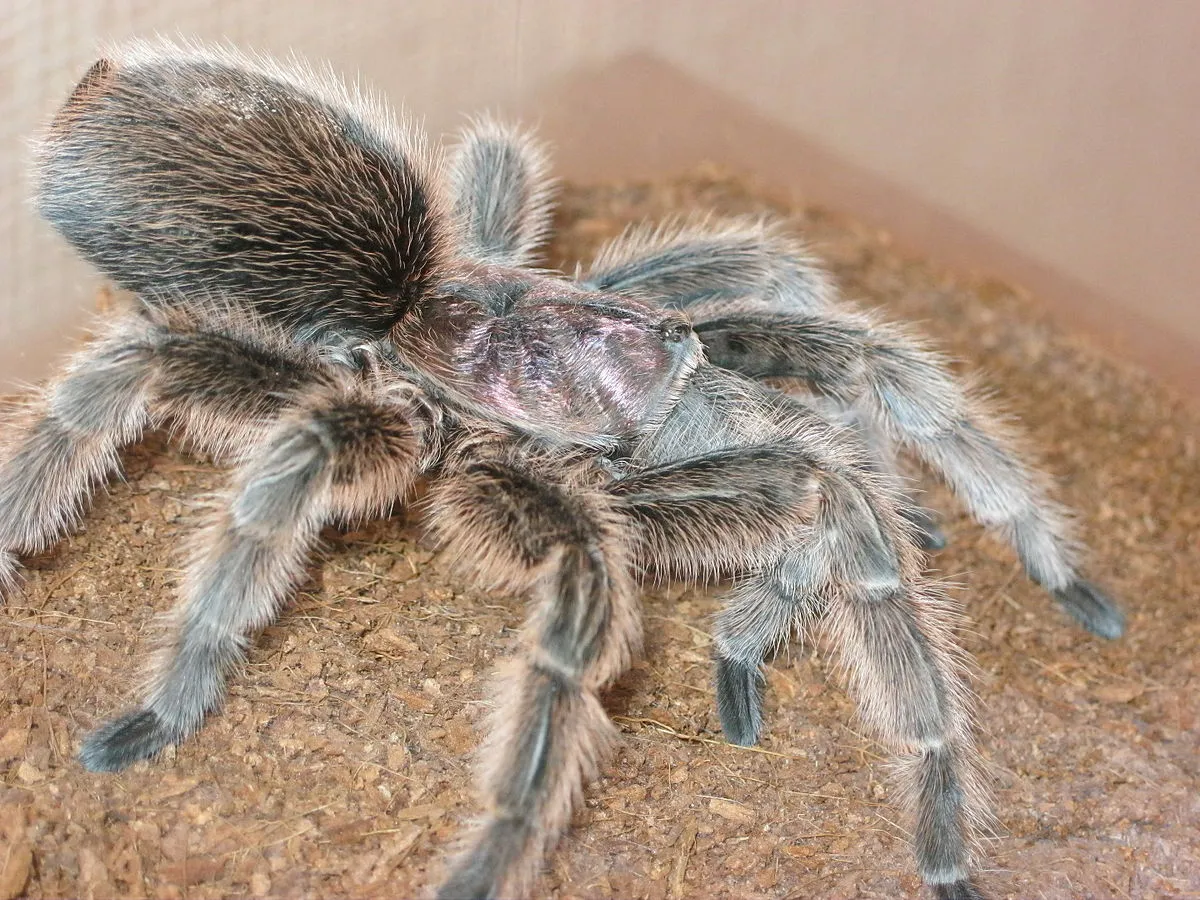
Maintaining the correct temperature and humidity is vital for the health and well-being of your rose hair tarantula. Rose hair tarantulas thrive in temperatures between 75-85°F (24-29°C). Use a reliable thermometer to monitor the temperature within the enclosure. A heat source, such as an under-tank heater or a low-wattage heat lamp, can be used to maintain the correct temperature, but be careful not to overheat the enclosure. Humidity levels should be kept between 60-70%. Use a hygrometer to monitor humidity levels. To maintain humidity, mist the substrate lightly with dechlorinated water every few days, or as needed, to keep it slightly damp but not waterlogged. Proper ventilation helps prevent the buildup of excess humidity and reduces the risk of mold. Regularly check and adjust these environmental conditions to ensure they remain suitable for your tarantula.
Providing Hiding Places and Enrichment
While burrowing is natural, providing additional hiding places can enhance your tarantula’s sense of security and encourage burrowing behavior. Offer a variety of hides, such as cork bark, artificial plants, or half-logs, to give the tarantula options. Place these items in the enclosure before adding the substrate, allowing the tarantula to incorporate them into its burrow system. Providing enrichment in the form of varied substrate depths, different textures, and opportunities to explore can also stimulate natural behaviors. Consider adding a shallow water dish for drinking and to help maintain humidity. Avoid overcrowding the enclosure and ensure there is enough space for the tarantula to move around. These enrichment strategies contribute to a more engaging and stimulating environment, improving the tarantula’s overall quality of life. Careful observation of your tarantula will help you determine what enrichment items they prefer.
Observing and Understanding Burrowing Patterns
Observing your rose hair tarantula’s burrowing patterns can provide valuable insights into its health, well-being, and behavior. By watching how your tarantula interacts with its environment, you can fine-tune its care to provide the most optimal living conditions. Note the location and depth of its burrow, the materials it uses, and any changes in behavior. A healthy tarantula will typically create a burrow that offers security, thermoregulation, and a place to ambush prey. Understanding these patterns helps you identify any issues early on, such as stress, discomfort, or illness. Consistent observation will enable you to address any issues promptly and ensure the long-term health and happiness of your pet.
Decoding Tarantula Burrowing Signals
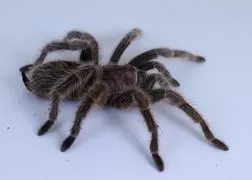
A rose hair tarantula’s burrowing behavior can signal various aspects of its health and well-being. If your tarantula is burrowing and staying hidden most of the time, this is generally a sign of feeling secure. A tarantula that is not burrowing may indicate stress, improper environmental conditions, or illness. Changes in burrowing behavior can be indicative of impending molting, as the tarantula might seal itself in its burrow to undergo the process undisturbed. If a tarantula suddenly abandons its burrow, it could be a sign of stress due to external factors like changes in temperature, humidity, or disturbances in its environment. Pay attention to the depth, location, and construction of the burrow to gauge your tarantula’s comfort level. A tarantula that is actively remodeling its burrow is often a sign of a healthy and engaged spider.
Troubleshooting Common Burrowing Issues
Sometimes, rose hair tarantulas may not burrow as expected, which can be concerning. Several factors can contribute to a lack of burrowing, and understanding these can help you troubleshoot the issue. One common problem is insufficient substrate depth. Ensure the substrate is deep enough, allowing the tarantula to express its natural behavior. Another factor can be substrate that is either too dry or too wet. Adjust the moisture content to maintain optimal humidity levels. Overly compacted substrate can also hinder burrowing; make sure the substrate is firm enough to hold shape but loose enough to allow easy digging. If the enclosure is too small or lacks suitable hiding places, the tarantula might feel insecure and not burrow. Ensure the enclosure is appropriately sized and provides adequate security. If the tarantula still isn’t burrowing after addressing these factors, check for any environmental stressors like excessive vibrations, loud noises, or improper temperature. Patience is key, as some tarantulas take time to settle into a new environment and may start burrowing later on.
My Tarantula Isn’t Burrowing What Should I Do
If your rose hair tarantula isn’t burrowing, it’s time to investigate and address potential causes. First, review the enclosure setup. Ensure the substrate is the correct depth and composition and that the temperature and humidity levels are within the recommended ranges. Check for any potential stressors in the environment, such as excessive vibrations, drafts, or direct sunlight. Consider providing additional hiding places, such as cork bark or artificial plants, to make the tarantula feel more secure. If the tarantula is newly acquired, give it time to acclimate to its new environment. It may take some time for it to feel safe enough to start burrowing. Make sure the tarantula has access to a water source and is eating properly. Monitor its behavior closely, and consult with a veterinarian or experienced tarantula keeper if you have further concerns. Often, a few simple adjustments to the enclosure setup can encourage burrowing and improve your tarantula’s quality of life.
